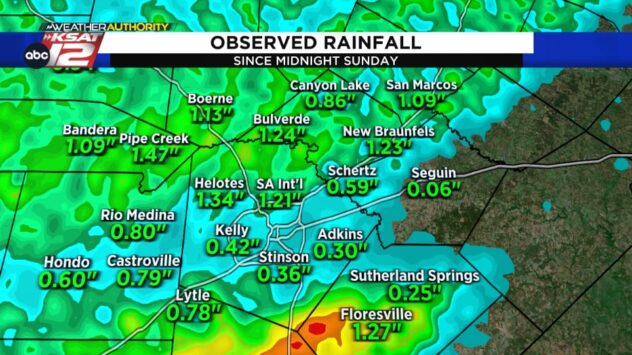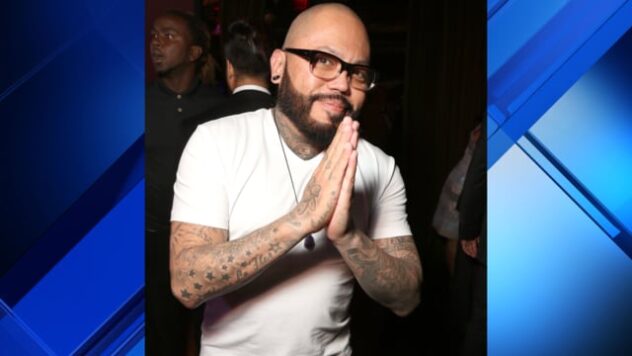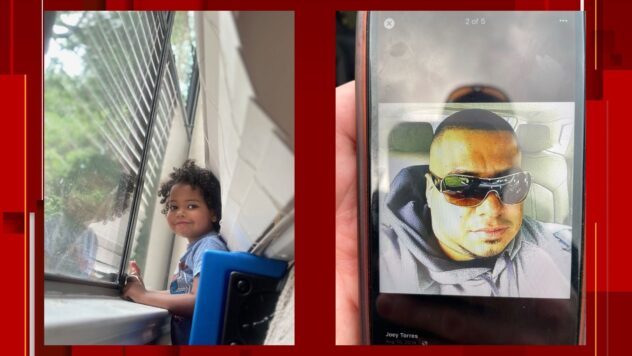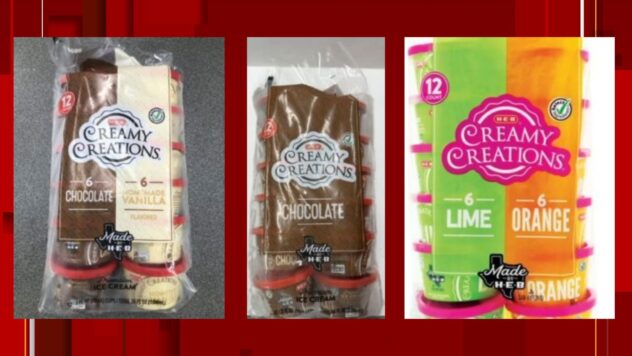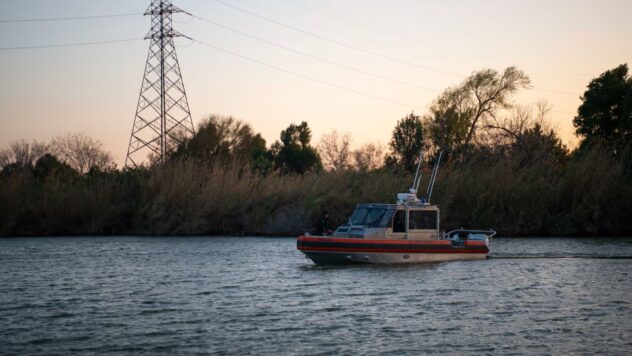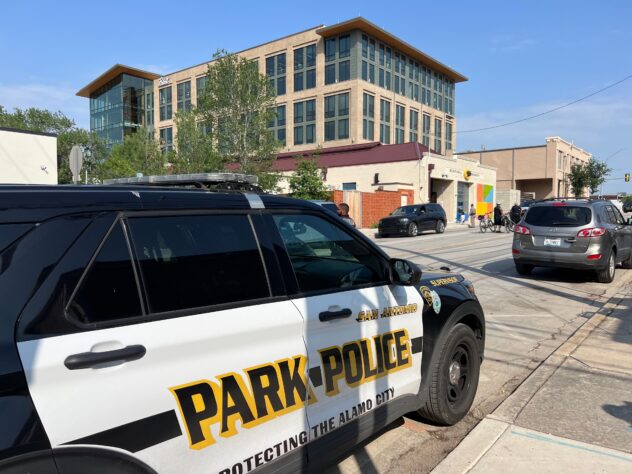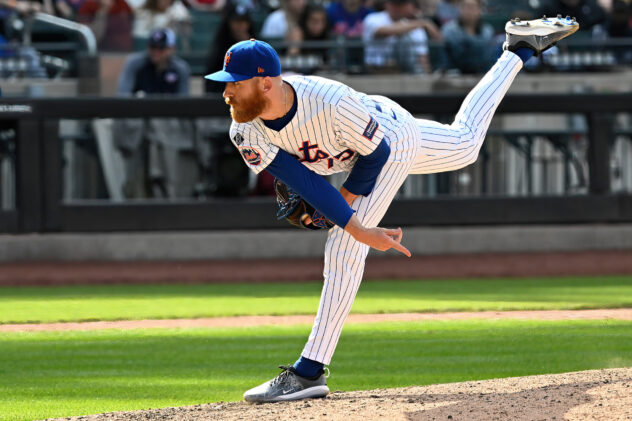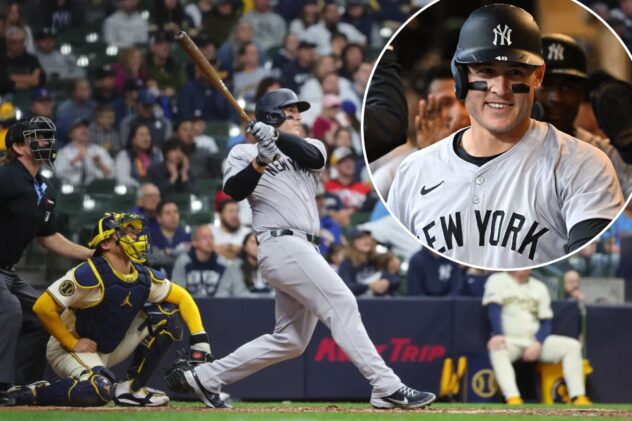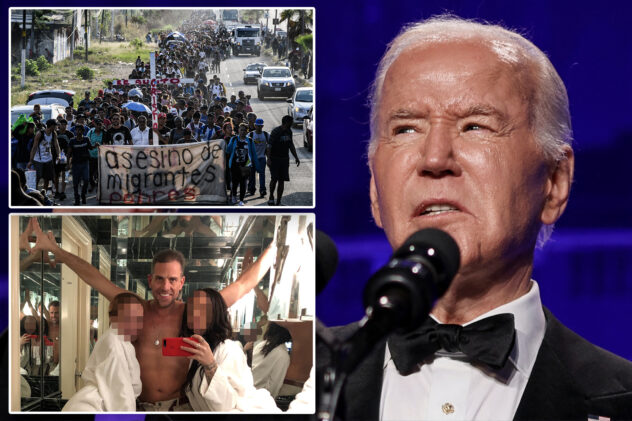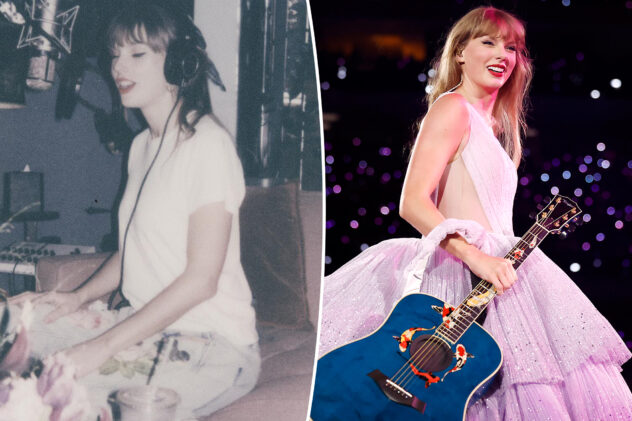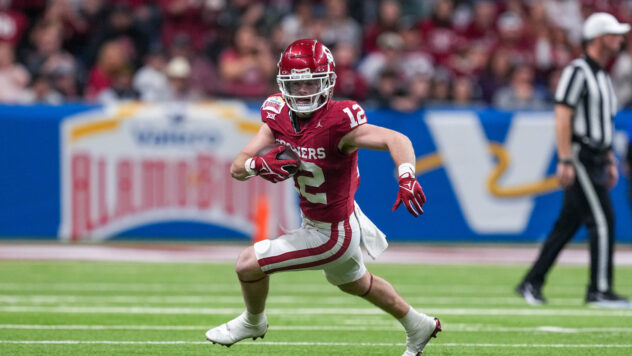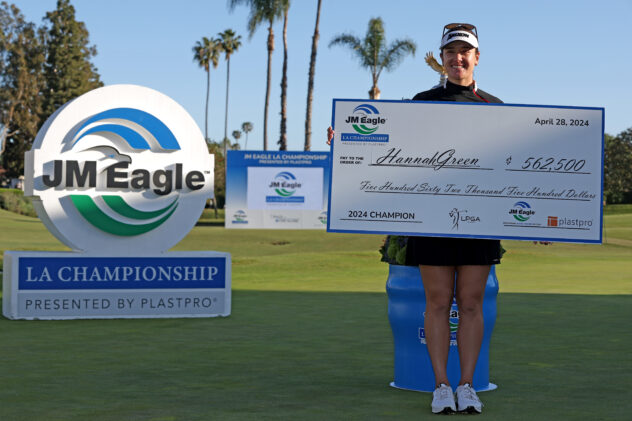Guitarist John Scofield, a headliner at San Antonio’s Jazz’SAlive, reflects on a life in music
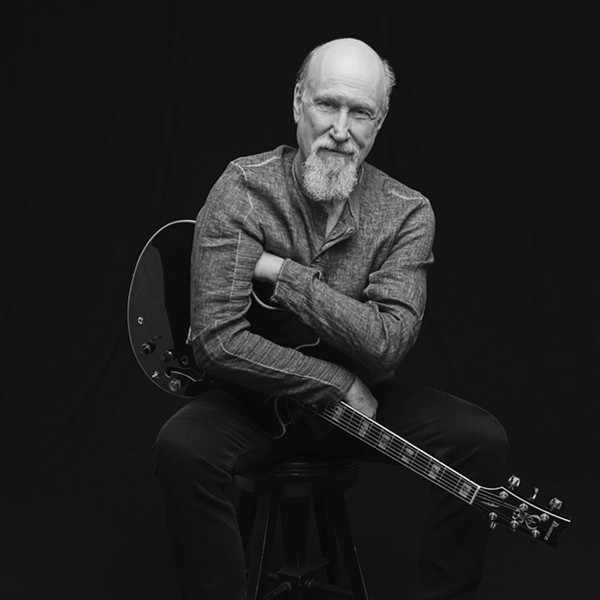
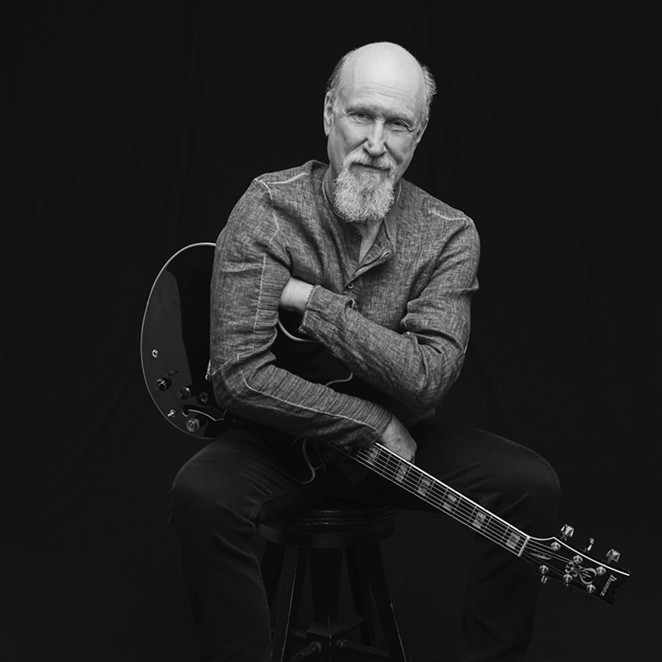
- Courtesy Photo / John Scofield
- John Scofield has emerged as one of the most significant jazz guitarists of the modern era.
When it comes to jazz guitar, the heavyweights don’t come much heavier than John Scofield.
Scofield, who headlines the Jazz’SAlive festival’s Main Stage on Saturday, September 25, has logged a career spanning five decades. Along the way, he’s played with icons including Miles Davis, Joe Henderson and Herbie Hancock.
Acclaimed albums as a bandleader such as 1977’s East Meets West and 1990’s Meant to Be also cemented his rep as one of the best improvisers in the business.
The guitarist’s more recent work has included collaborations with avant-funk-jazz ensemble Medeski Martin & Wood, work on the jam band circuit and recent releases such as 2018’s Combo 66 that display an ongoing musical evolution where anything from funk to country finds its way into his fluid playing and remarkable interaction with fellow musicians.
We caught up with Scofield by phone to talk about his most recent album, 2020’s Swallow Tales, the art of improvising within a group and what to expect from the Jazz’SAlive performance with his 2021 Quartet, featuring Vicente Archer, Kevin Hays and Bill Stewart.
Your most recent album, Swallow Tales, celebrates the music of Steve Swallow, a pioneer in bringing electric bass to jazz. He’s also been a friend and mentor to you. Talk a little bit about how he influenced your music and your career.
You know, Steve’s one of my very, very best friends and somebody I’ve known since, wow, the beginning. I was a student at Berklee College of Music, and Steve came to teach, and we became friends. He was never my formal teacher, but he’s been the guy that you look up to in your life when you want to be a musician and you see how he, as an older musician, has conducted himself and played so beautifully. He’s the greatest, and I love him, and I wanted to do this because he’s such a great composer. And while we were playing together, Bill scored on drums. So, we just did it. I’ve known all those tunes for years. Not only have Steve and I played together, but he produced a bunch of my albums that he didn’t play on in the ’80s when I was making some kind of fusion — for lack of a better word — records. And we’ve always stayed in touch. Still do. I owe him a call.
In an interview, you said Swallow’s compositions are perfect vehicles for improvisation. What did you mean by that?
Well, that’s the whole thing that we do, Sanford, is improvise. Otherwise, it’s just regular music. That’s what sets jazz music apart — the development of the improvisation. So, you’ll learn music, you learn songs. You love music and just all the different aspects of music. You study for forever, and you learn how to let it flow out of you conversationally. And that’s improvisation. Steve’s songs are written with that in mind, as are a lot of jazz songs. But it’s not just the song. It’s not like Beethoven’s 5th. It’s supposed to have value as a composition, but also as a setup for improvisation.
Are some of those setups, as you call them, likely to turn up in your set at Jazz’SAlive?
Not really, because it’s a different group that I’m bringing.
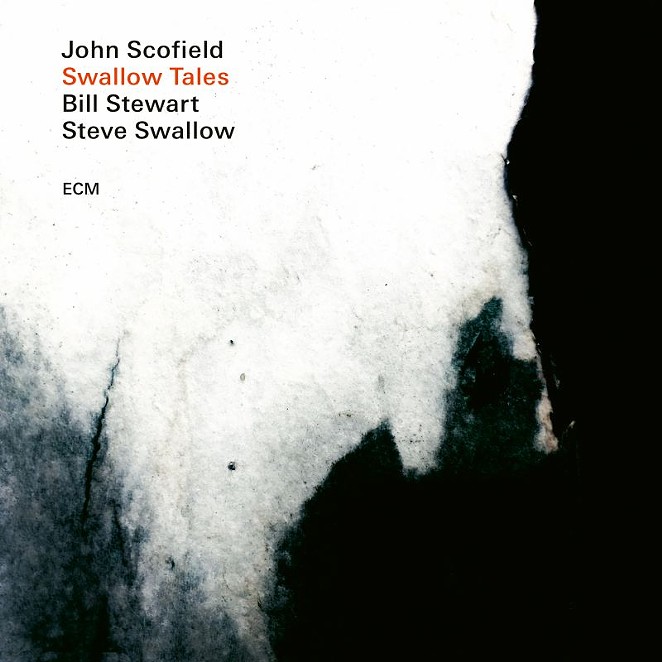
- Courtesy Image / ECM Records
- Scofield’s 2020 album Swallow Tales celebrates the compositions of his friend and mentor Steve Swallow.
Who’s playing with you?
The group that I’m bringing is a different thing. I made a record a year before called Combo 66, and we plan a lot of tunes from there and some of my older tunes as well. I make a record every year, and that’s been going on since 1976. I made a lot of records, and Swallow Tales just happens to be chronologically the last one I did. But jazz musicians pretty much don’t go out to tour the album. You know what I mean? We just work all the time, as often as we can. … What I’m bringing to San Antonio is a quartet, that can play music from all different parts of my career. And we play some jazz standards too.
A lot of jazz guitarists say things like, “I approach the instrument like a piano” or “What I really aspire to sound like is a sax player.” But one thing recognizable about your playing is that you’re clearly unashamed to be a guitar player. You can hear the attack of the pick, the distortion from the amp. Talk a little bit about that choice to embrace the guitar as a guitar.
I wanted to sound like a sax player at different times, and I have always loved music — not just guitar music — and checked out various areas that were not played on the guitar. … But look, at the end, it is a guitar, and you might as well embrace what a guitar can do, because if you don’t, you’re missing out on the potential of the instrument. So, I just do it. When I was younger, I would actually try to cover up things and try and somehow make it sound more like a horn. And I think I learned a lot from doing that. And that’s still part of my playing, I think, but in the end, what is it? It’s a guitar. And I love guitar.
You’re noted for having a lot of group interplay on your recordings. What do you do as a bandleader to ensure that everyone has room to move while also keeping a session centered and coherent?
After playing in groups for your whole life, you realize that it really is the group performance that makes it work. It’s not just a solo with a name, with a personality-less rhythm section. So, in order to do that, first of all, everybody has to love the song. You can tell when you’re playing with somebody who really doesn’t dig the song, and they’re just going through the motions. So, you have to write and bring in music with the whole group in mind: “How’s it going to work for them?” I don’t think it works to try and force somebody to play differently than the way they really feel like playing and want to play. Luckily with the guys that I play with, they’re really, really developed and good, so they can bring themselves to a piece of music. That’s what I do.
And as far as the interplay, it’s just so much better when everybody is saying something up there. So, you make room for them by using space in your own playing, so that there can be more of a dialogue. And it doesn’t have to be call and response or anything. It’s just when somebody is listening to the music, that there are spaces and breaths in any song, when you listen to the other instruments. That’s a beauty that can be lost if somebody is just cluttering it up with a million notes as the lead player. So, I just like it when everybody’s playing together and that’s what makes it groove.
On that note, you’ve played with some amazing bandleaders over the years: Miles Davis, Joe Henderson, Herbie Hancock, to name a few. Which of those had the most lasting influence on you as a player and band leader?
Well, I think they all did, and the guys you just mentioned, certainly. With Miles, I was in his band for two years, or three years almost, on the road with them all the time, and doing his bidding as one of the guys in his group. I learned so much about how he put music together. But 10 years before that, when I was a Berkeley student and I met Steve Swallow, Steve Wood, the other guy at Berkeley was Gary Burton, the great vibraphonist. He and Steve were the first famous jazz musicians who I met, and I got to jam and hang with them a lot, and later on played in Gary’s group with Steve later in the ’70s. Just from talking to these guys, seeing how they organize music just completely shaped me.
So, I joined Billy Cobham’s band in 1975 when I was a kid. One of my first real big-time gigs, right after I’d been playing with Gary Burton a lot. And that was completely a different world. That was like a fusion funk band. It was super loud and super popular. We went on the road and were like a rock group, and I learned, “Wow, this is a whole other thing outside of the kind of softer jazz, straight ahead thing.” That was a whole different world. And that continued on to when I played with Miles and other groups, getting to see how all these bandleaders organized the music, and just treated everybody, what songs they picked, how they rehearsed, how they put a set together, how they played, number one, cause when you’re playing with somebody, they influence you just in how they approach the song.
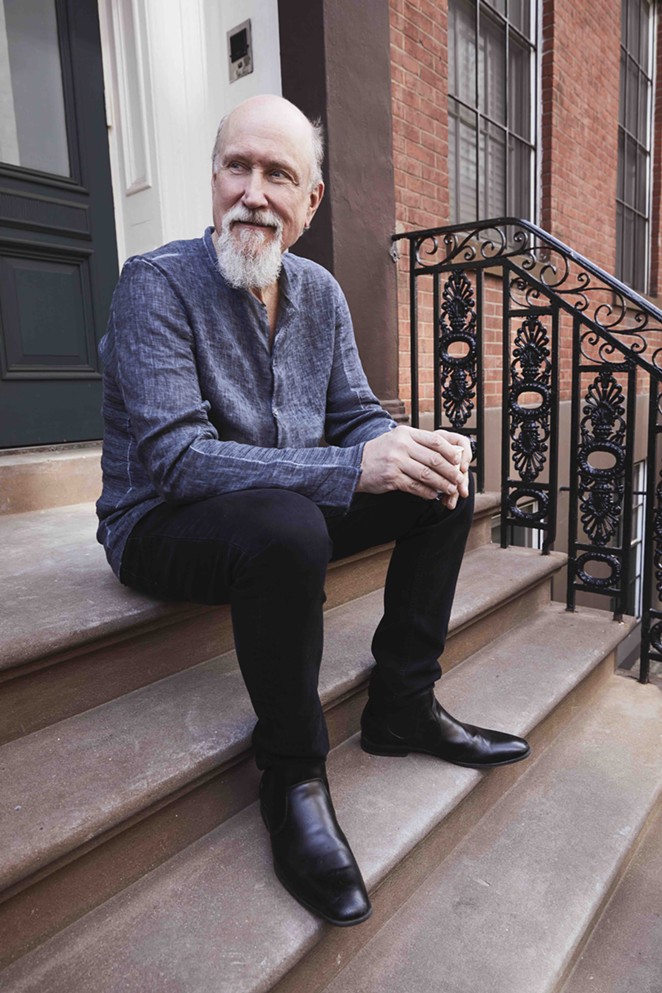
- Courtesy Photo / John Scofield
- Scofield has a European tour with bassist Dave Holland on the horizon.
The pandemic has made it hard to have any of that kind of group interaction. How have you kept yourself busy as a musician and as a creator?
Luckily this is happening to me at age … I guess I was 68 when the pandemic started, and I’ll be 70 in December… But, for me, staying home with my wife and practicing all the time has been great, you know, to be in one place and not be on the road, because I’ve been a traveling musician for all those years. And even though I missed it and still do a lot, I think I somehow benefited from being in one place and just writing music. I made a solo record just at home. That’s going to come out on ECM [Records] next year. I wrote a few tunes that I’m going to do with my next project next year and sort of getting ready.
But man, I miss it. I miss playing with people and getting the kind of steam going that a group does when it plays every night. And I’ve been lucky enough to be able to do that for so long. I really miss that and look forward to that coming back. I mean, I’ve been playing gigs this summer, just one-offs, but I haven’t done any touring in Europe where we used to tour all the time. But that’s coming up in October, November. I’m going to play a duet tour with just two of us, me and Dave Holland on bass. And I’m really looking forward to that. We’ve done that a little bit. We never recorded or anything, but we’re going to do a tour that was postponed from last year. So, we’ll plan a month in Europe. Let’s hope it’s OK.
You mentioned a potential tour with Dave Holland. Anything else on the horizon?
I’ve also put together a new group, a quartet called … What the hell is it? Oh, Yankee Go Home. And that’s supposed to be funny because we play in Europe all the time. And this group plays American music, like all my groups, I guess. We’re taking some kind of roots-rock stuff and turning it into jazz.
And I got some great players with me on that. The same bass player who’s coming down to San Antonio with me and, and a drummer named Josh Dion, who’s a rock drummer but also plays jazz, and great keyboard player, John Coward from the Brian Blade Brotherhood and other projects. So, some of the really good New York guys, again. I’m writing stuff for this next project, but we also play some Dylan tunes and Byrds and Neil Young and stuff like that, but I’ve figured out ways to swing them too.
What’s the song you think people are going to be most surprised to hear you swinging?
You mean when we play down there? Well, if you like Shania Twain, we’re going to do “You’re Still the One,” and nobody would believe that. But I love that song. We’ve been doing that one, but that’ll probably be one of the standout tunes. That, or just “The Girl I Used to Know,” which George Jones sang. There’ll be some stuff like that. Mostly jazz, though.
Jazz’SAlive, Free (special packages available online), 5-11 p.m. Friday, September 24 and 10 a.m.-11 p.m. Saturday, September 25, Travis Park, 301 E. Travis St., saparksfoundation.org/event/jazzsalive.
Stay on top of San Antonio news and views. Sign up for our Weekly Headlines Newsletter.

